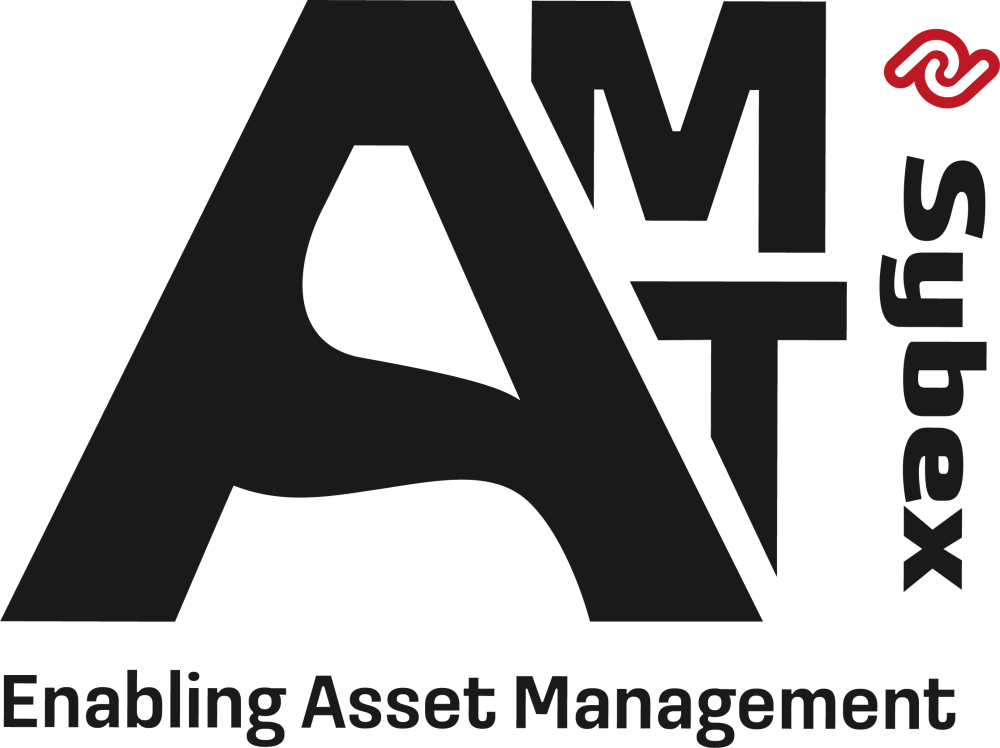by Leonard Hayes

In 2017, Thames Water was fined a then-record £20.3m after huge amounts of untreated sewage leaked into the Thames and its tributaries and onto nearby land1. The prolonged leaks seriously affected residents and farmers and killed wildlife.
The following year, the company was ordered by Ofwat, the water industry regulator, to pay fines and compensation totalling £120m, this time for breaching its legal responsibilities to manage leaks properly2.
As the UK’s biggest water company, Thames Water attracts a lot of attention when it fails to meet its obligation to stop vital water supplies leaking away. But it’s far from the only culprit. In 2017, when the country was facing a drought and people were being asked to save water, the Guardian newspaper analysed Ofwat data and found that more than 3bn litres of water were leaking out of pipes every day – 20% of the supply in England and Wales3.
All water companies are penalised or rewarded based on their leakage performance as part of their outcome delivery incentives set by Ofwat. And as Thames Water can attest, the penalties can be huge – millions of pounds in fines, a more demanding and informed customer base immediately connected through social media and a reputation for being environmentally unsound are high on the agenda4.
On the other hand, getting it right means huge benefits, not least in terms of customer satisfaction. With only just over half of supply interruptions targets achieved in 2018-19 and customers’ satisfaction deteriorating for the same period, the correlation appears to be obvious as does the need to focus on providing greater assurances over continuous service5.
Ofwat’s latest regulatory cycle ended in April 2020 and reducing water leakage has been one of its top priorities. It has been encouraging water companies to reduce leakage by 11% over the past five years, and it says that they’re making progress – they’ve reduced leakage by a third since the 1990s.
But it’s not easy. According to Water UK, the association that represents water companies, almost half a million kilometres of water pipes run under the country, which makes it hard to pinpoint leaks and deal with them quickly without disrupting local communities.
And the COVID-19 pandemic won’t have helped, as engineers and inspectors become ill or self-isolate. With fewer people available to locate and repair leaks when they happen, water companies are having to look at new ways of tackling the problem and managing their infrastructure effectively.
We’re helping them to do that with our advanced mobile technology. We make it easier for water companies to react quickly and efficiently to reports of burst water mains or evidence of leaking and to communicate more effectively with customers about how they’re tackling such incidents.
Our mobile solutions provide map-based and digital data collection software for mobile devices, making it easier for field engineers to inspect, pinpoint, view and record information in the overground and underground asset network. Our geo-spatial mapping solution allows engineers to quickly identify the right valve and dig in the right place by giving them access to their companies’ maps enhanced with extra data. Our intelligent data capture and scripting tools enable water companies to make sure that their field staff are following the correct procedures, capturing and feeding back the right information and carrying out the right tasks quickly and consistently.
This strong intelligence brought straight to the teams in the field – information about nearby housing affected by an outage, for example, and which valve(s) to shut down to isolate a burst water main – helps water companies to isolate and minimise the impact of repairs on customers, get repairs done as quickly and efficiently as possible, and provide a quicker, more informative customer experience.
We have an interruption to supply module that has been developed specifically for the water industry. By tracing the network of assets, it shows engineers where water supplies will be disrupted by repairs (planned and / or emergency), how many customers will be affected and the planned times during which they’ll have no water; it also allows them to record the actual length of time that the supply was interrupted.
Water companies in England have just committed to reducing leakage by a further 16% by 2025 and continue to be rewarded for managing the water supply effectively and penalised when they don’t. On top of this, Ofwat’s latest price review has set out the price controls for 2020-2025 that include a target for the industry to reduce it’s supply interruptions by 64% before the end of this period5. They’ll be looking to new resources and techniques, such as satellite imaging, drones, acoustic equipment, to help them to make good on their commitment. We’ll be supporting them every step of the way, helping them to improve outcomes for their customers, the environment and themselves.
1: https://www.theguardian.com/environment/2017/mar/22/thames-water-hit-with-record-fine-for-huge-sewage-leaks
2: https://www.bbc.co.uk/news/uk-england-44395763
3: https://www.theguardian.com/environment/2017/may/11/water-companies-losing-vast-amounts-through-leakage-raising-drought-fears
4: https://www.water.org.uk/policy-topics/safeguarding-waster-resources/leakage/
5: https://www.ofwat.gov.uk/wp-content/uploads/2019/10/Service-delivery-report-2019.pdf

